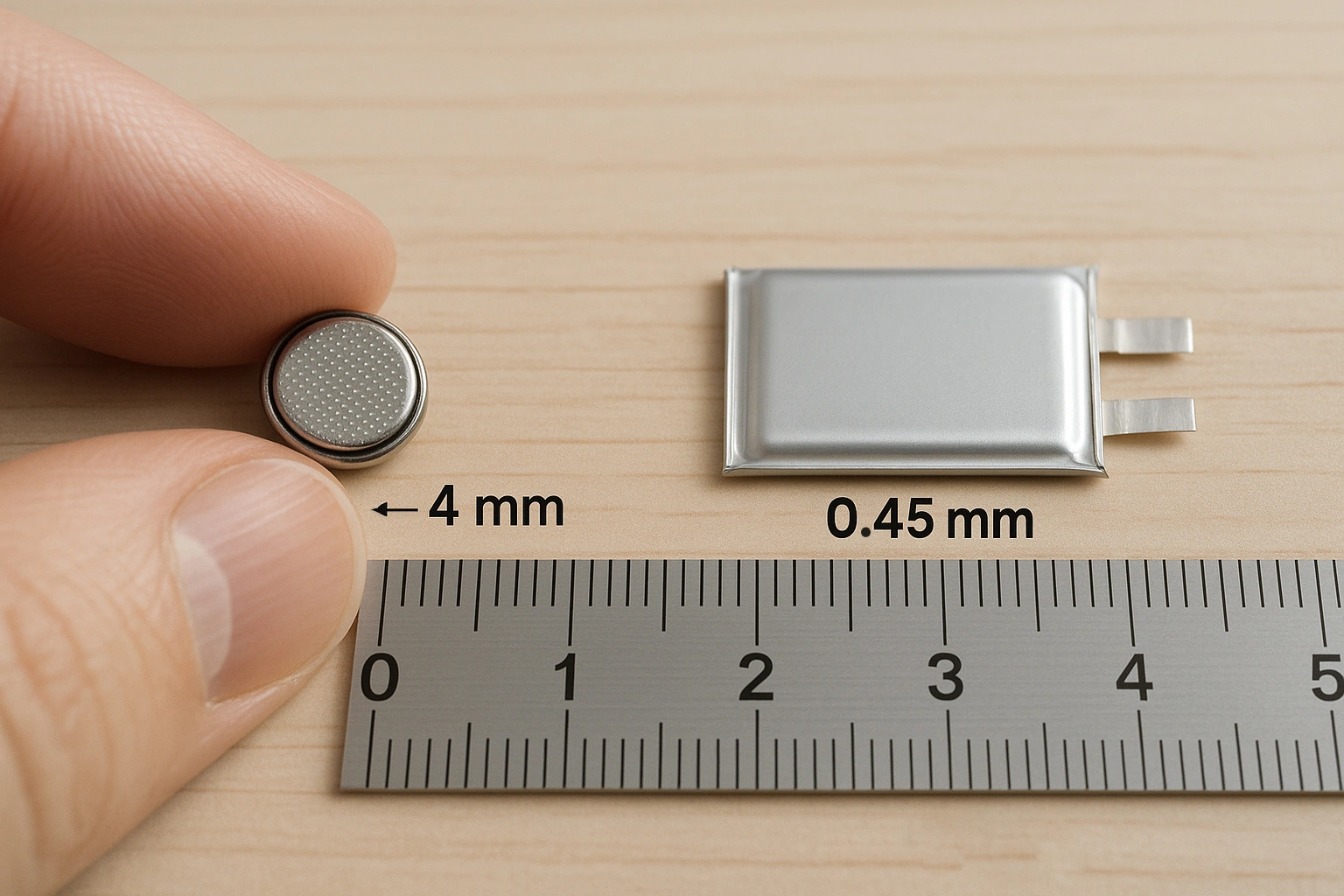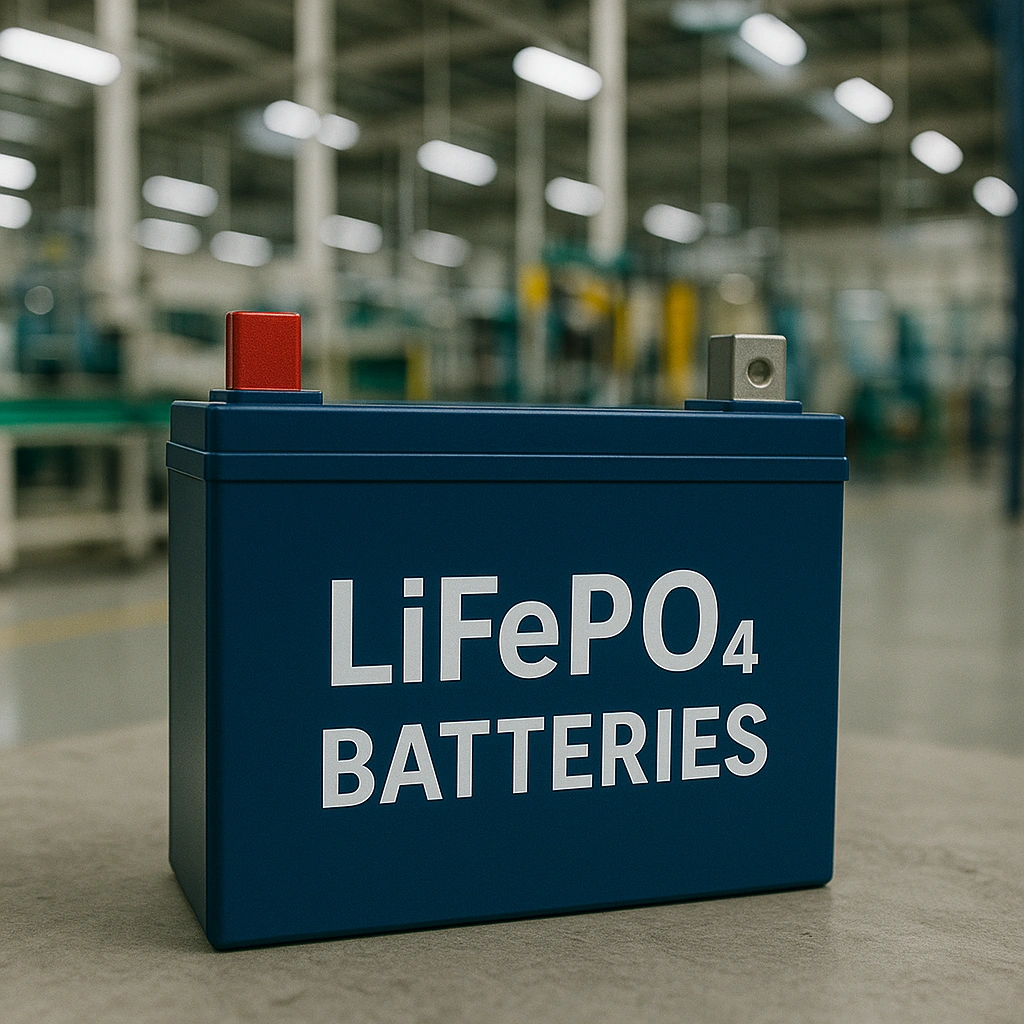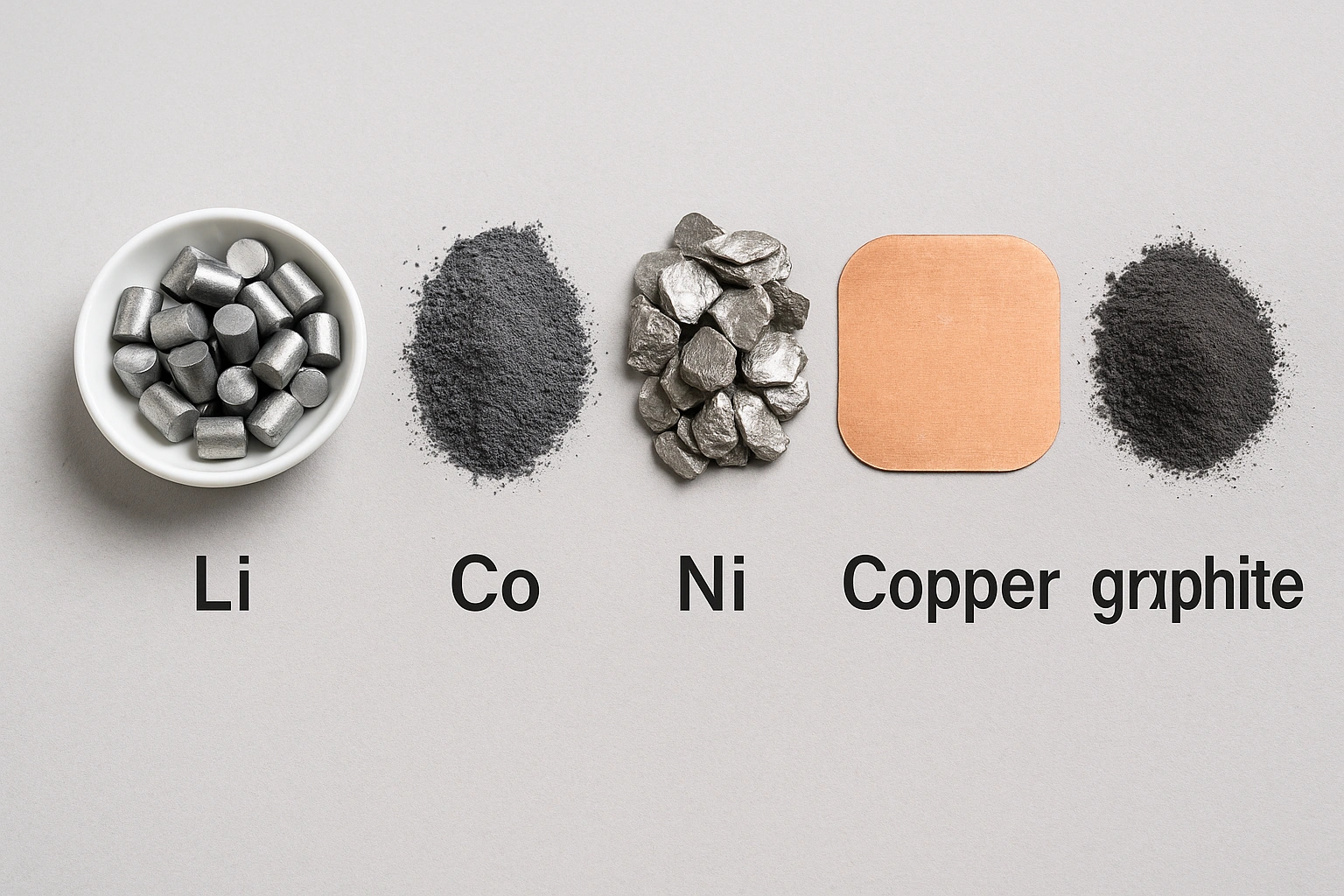What Is Considered a Small Lithium Ion Battery?
Intro: Why Small Lithium Batteries Power Big Innovation
Small lithium batteries are essential in today’s miniaturized world—from hearing aids and wearables to smart cards and IoT sensors. But how small is “small” when it comes to lithium-ion batteries? In this article, we explore the definition, sizes, voltage ranges, applications, and safety aspects of small lithium batteries to help you better understand their capabilities and limitations.
How Small Can a Lithium-ion Battery Be?
Lithium-ion batteries can be made extremely compact using micro polymer (Li-Po) or custom cylindrical designs.
Common “small” formats include:
-
102030 polymer cells (10mm × 20mm × 30mm)
-
14500 cylindrical cells (same size as AA, 3.7V)
-
Mini 1S Li-ion packs for earbuds or Bluetooth trackers
“Small” is typically defined by application—if the battery is under 1000mAh and fits within 50mm × 30mm × 10mm, it’s considered small in most industries.
How Thin Can a Lithium-ion Battery Be?
Ultra-thin lithium polymer batteries can be as thin as:
-
0.5 mm in thickness (used in RFID tags, smart cards)
-
1–3 mm for wearable patches or medical sensors
These are often flexible and customized for shape and capacity, making them ideal for slim devices.
Can Small Lithium Batteries Be Recharge?
Yes—many small lithium batteries are rechargeable, especially:
-
Small lithium-ion polymer (LiPo) cells used in wearables
-
14500, 10440 cylindrical Li-ion cells
-
Custom 3.7V lithium-ion packs in toys, pens, sensors
However, coin cells like CR2032 are typically not rechargeable unless specified as “LIR” or “rechargeable lithium.”
What Is the Voltage of a Small Lithium Battery?
Typical voltages for small lithium batteries include:
| Type | Nominal Voltage | Rechargeable? |
|---|---|---|
| Coin cell (CR2032) | 3.0V | No |
| Li-ion cylindrical | 3.6V–3.7V | Yes |
| Li-polymer pouch | 3.7V | Yes |
| LiFePO₄ small packs | 3.2V | Yes |
Are Small Lithium-ion Batteries Safe?
Yes—when designed, manufactured, and used properly, small lithium-ion batteries are safe.
Key safety considerations include:
-
Built-in PCM or BMS protection
-
Quality sealing and materials
-
Proper storage and charging habits
Smaller batteries generally have less energy to release in a fault event, making them inherently safer in some respects than large-format cells.
What Are the Dangers of Small Lithium Batteries?
Potential risks include:
-
Swelling or leakage due to overcharge/discharge
-
Short circuiting in poorly made or damaged batteries
-
Swallowing hazard, especially with coin cells in consumer products
-
Thermal damage in confined spaces with no ventilation
? Safety certifications (e.g., UN38.3, IEC62133) and correct circuit integration are critical for mitigating risks.
How Long Do Small Lithium Batteries Last?
Lifespan depends on chemistry and usage:
| Battery Type | Expected Lifespan |
|---|---|
| Coin cell (non-rechargeable) | 3–10 years (standby) |
| Small Li-ion | 300–1000 charge cycles |
| Small LiFePO₄ | 2000+ cycles |
How Do I Know What Size Lithium Battery I Need?
To select the right battery:
-
Check voltage and current needs of your device
-
Measure available space (length × width × height)
-
Determine usage time between charges or replacements
-
Confirm connector type and polarity
-
Consider certifications if exporting or integrating in regulated devices
For custom solutions, manufacturers like PKNERGY can design tailored lithium battery packs based on your voltage, dimension, and load requirements.
Conclusion: Small Lithium Batteries Deliver Big Performance
Small lithium batteries may be compact in size, but they power a wide range of modern devices efficiently. From wearables and medical sensors to compact IoT modules, these batteries combine lightweight design with high energy density and long service life.
For best results, choose properly rated, certified cells and always verify compatibility with your application.




